이 웹사이트를 올바르게 표시하려면 브라우저를 업데이트하십시오.
브라우저를 업데이트하거나 다음 브라우저 중 하나를 다운로드하는 것이 좋습니다: 다운로드
현재 United States에 있습니다
다른 매장을 선택하세요:
다른 매장을 선택하세요:
이 웹사이트를 올바르게 표시하려면 브라우저를 업데이트하십시오.
브라우저를 업데이트하거나 다음 브라우저 중 하나를 다운로드하는 것이 좋습니다: 다운로드
🤍 Ceramics have accompanied human activities, whether utilitarian or artistic, since prehistoric times. That's why they are so closely linked to what would much later be called the "art of living". They also bear witness to technical developments and the mastery of fire 🔥 First came pottery made from clay ranging from gray to red depending on its more or less ferruginous composition. They are fired at 800°C/1472°F and their paste remains porous. Earthenware, on the other hand, is covered with an opaque glaze that makes it waterproof after firing at 1100°C/2012°F. Stoneware contains a high proportion of silica, enabling it to withstand a high firing temperature of 1280°C/2336°F and emerge partially vitrified. Finally, the world's youngest ceramic: porcelain. Invented in China around the 7th century, it's the most resistant of all thanks to a high firing temperature of 1400°C/2552°F, which gives it its finesse, translucency, brilliance and whiteness, conferred by a long-kept secret ingredient: kaolin!
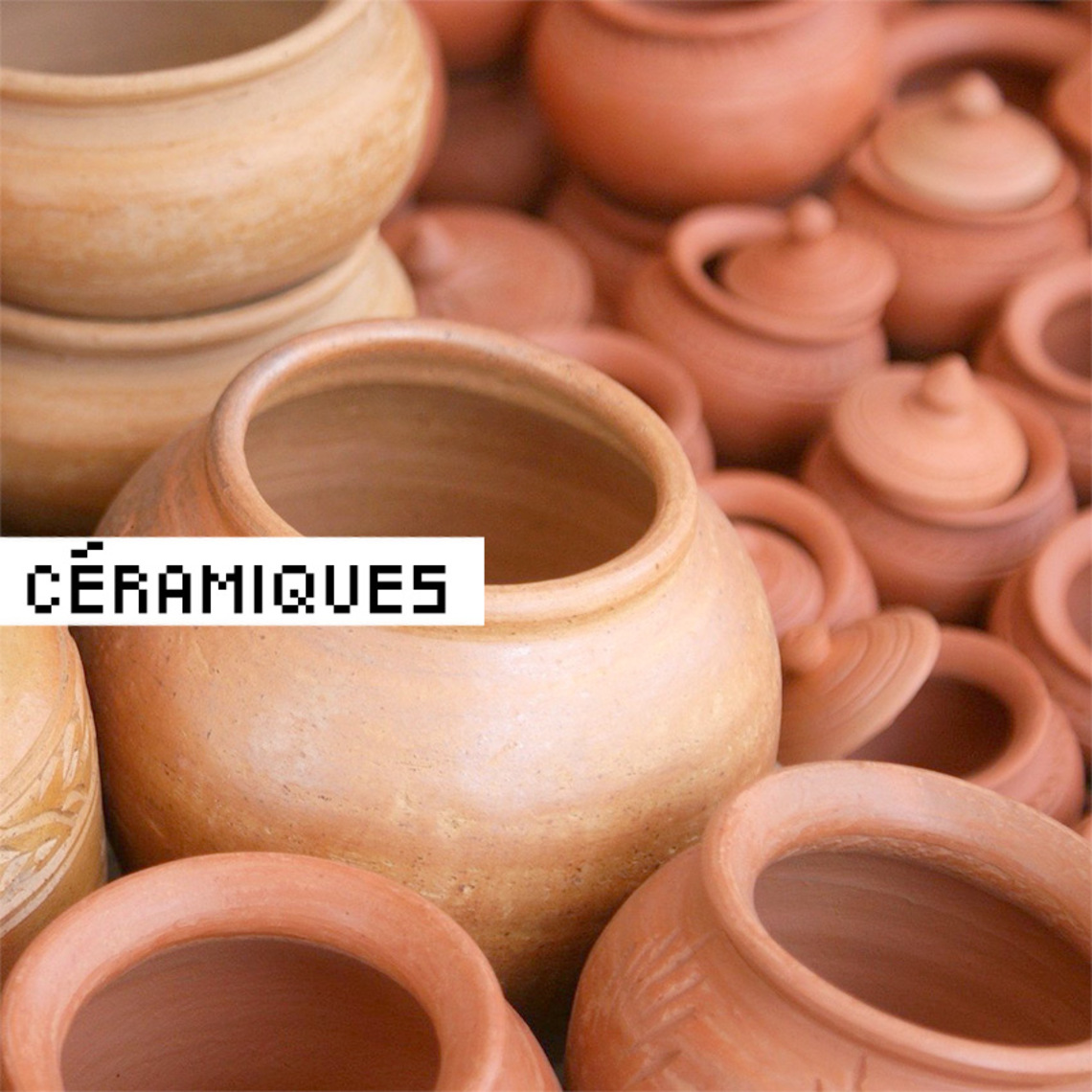
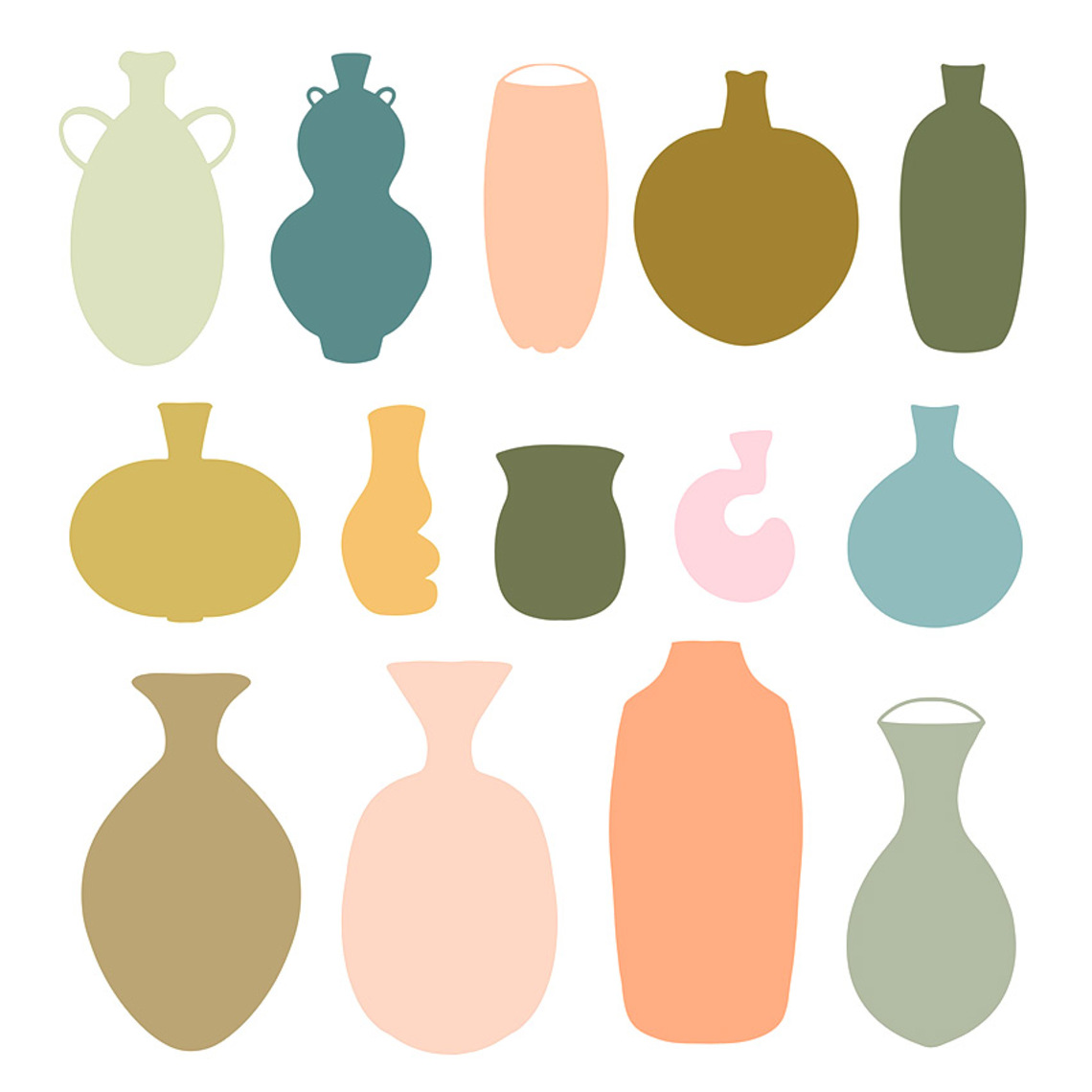
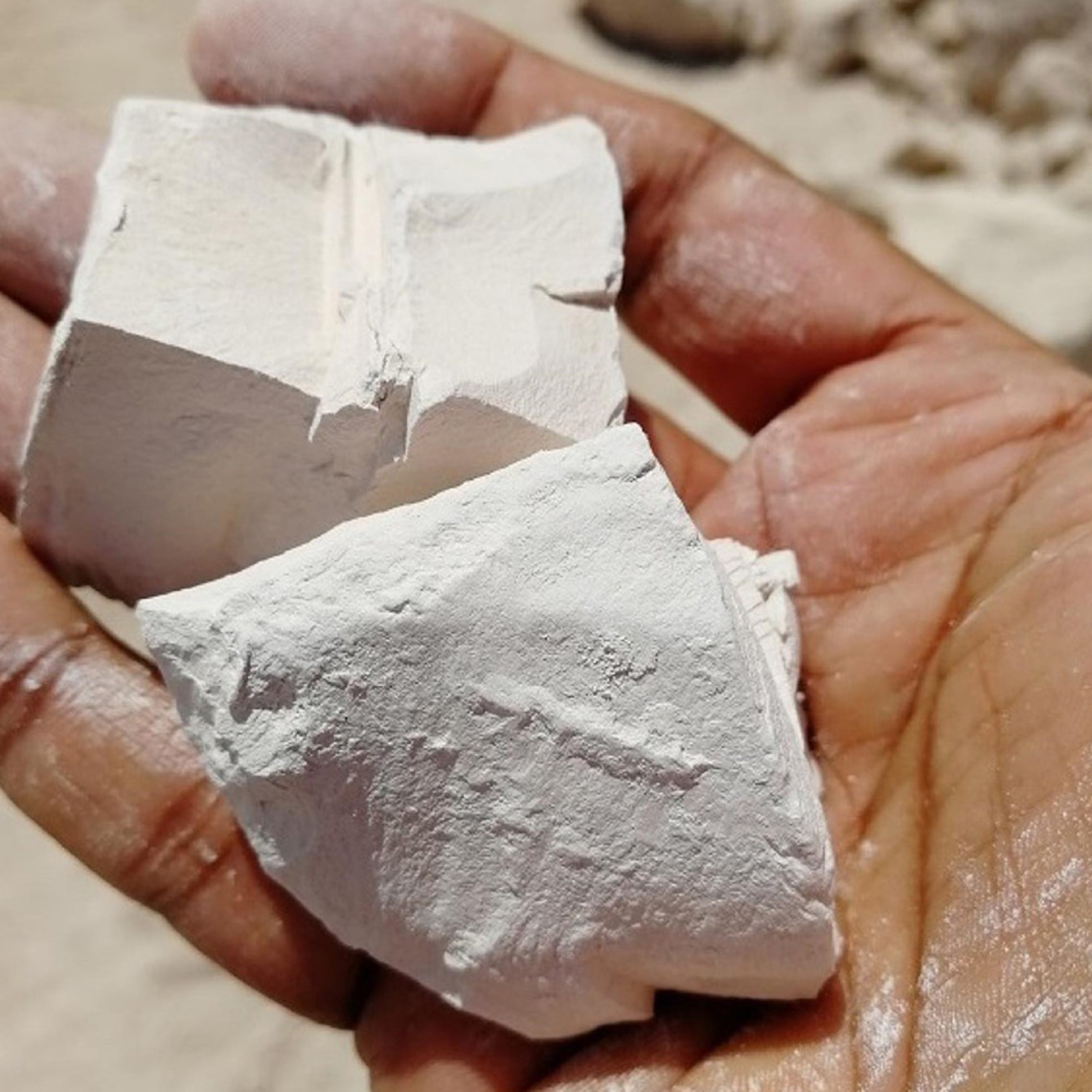
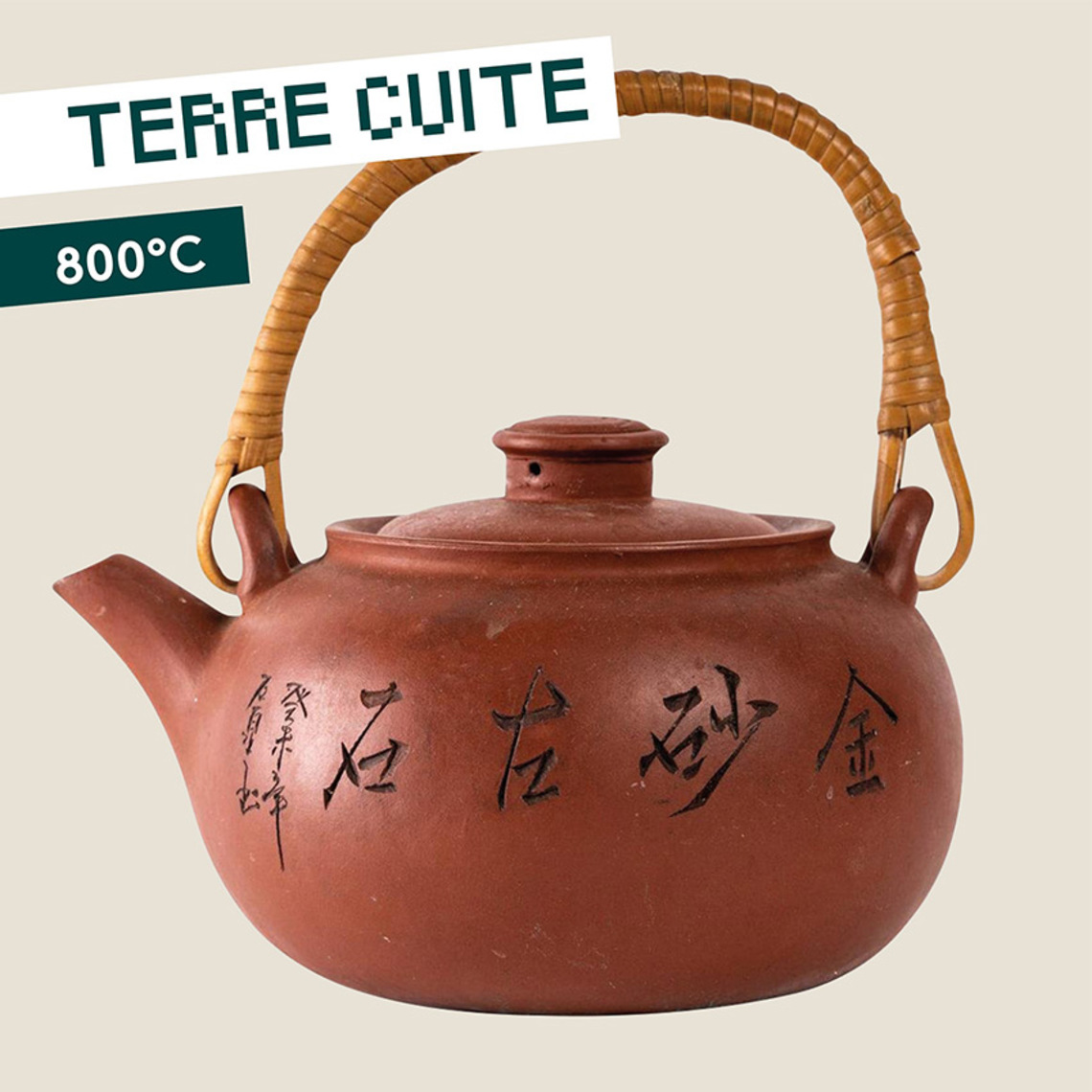
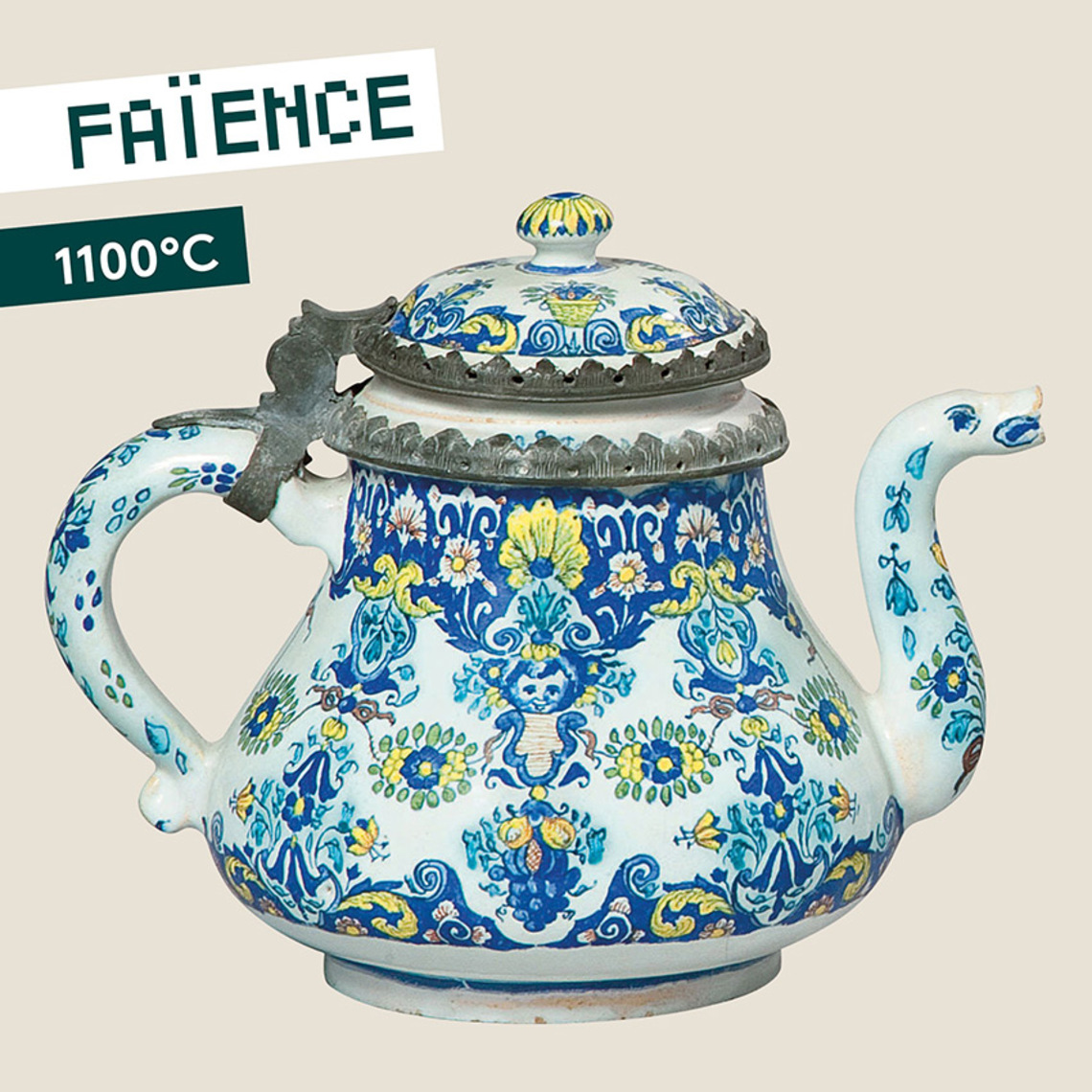
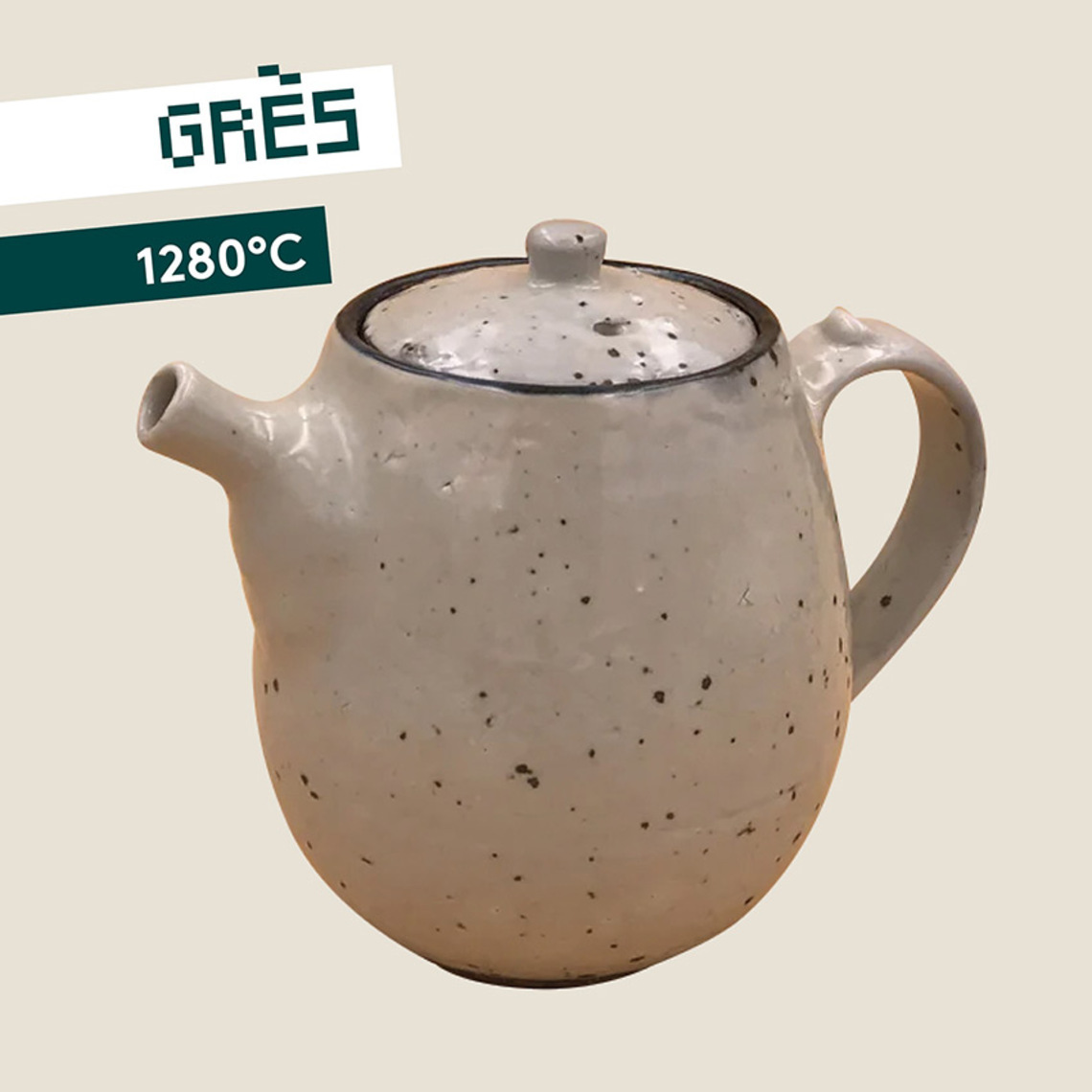
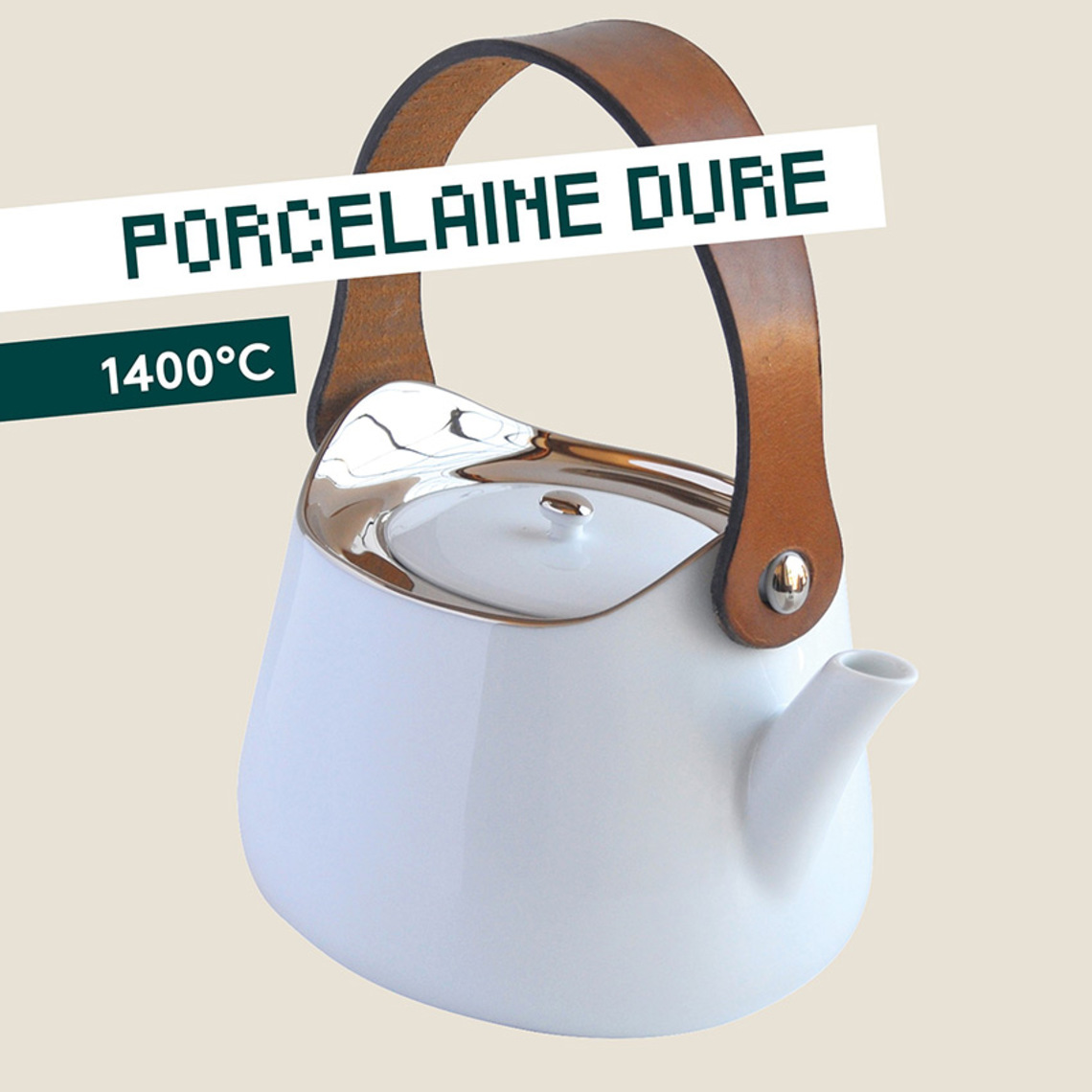
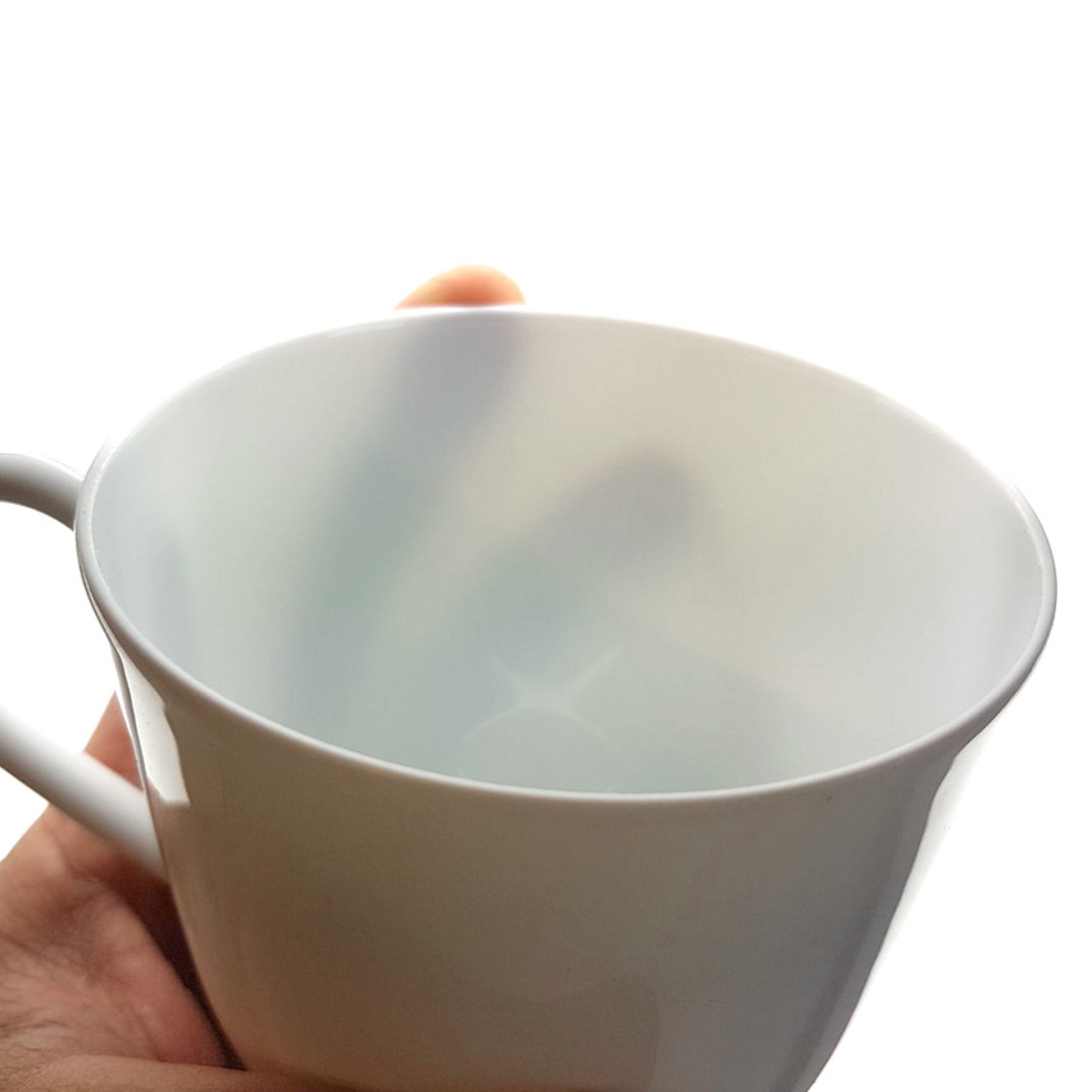
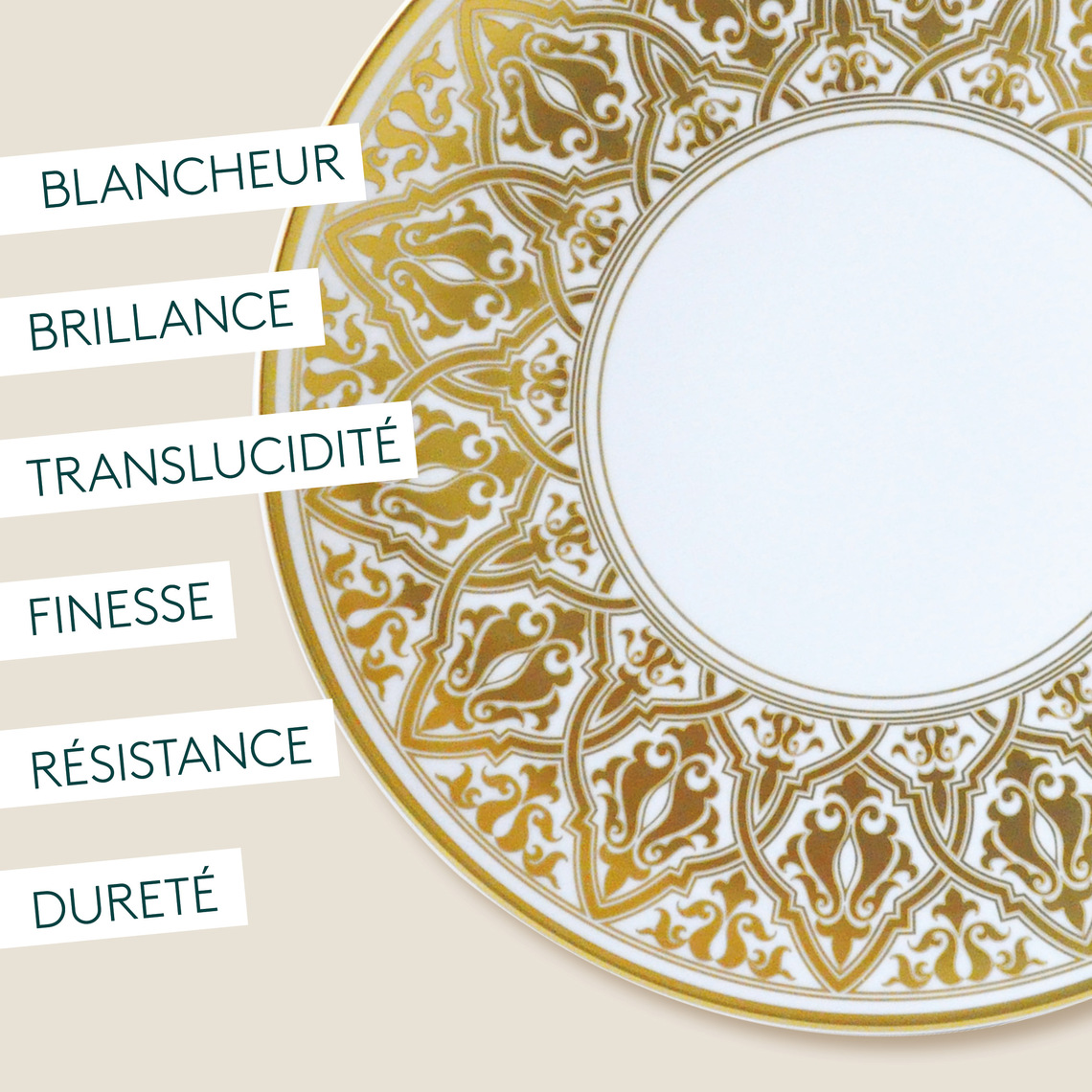
About L'Institut Bernardaud:
Because the French art of living is the envy of the world, what better way than with porcelain to introduce you to the teeming world of the table... Contribute with L'Institut Bernardaud to reenchanting this convivial and so precious moment of the meal by following our various workshops and conferences. A program with a creative approach and open to the world to live an exciting adventure at the crossroads of gastronomy, art, history or decoration.